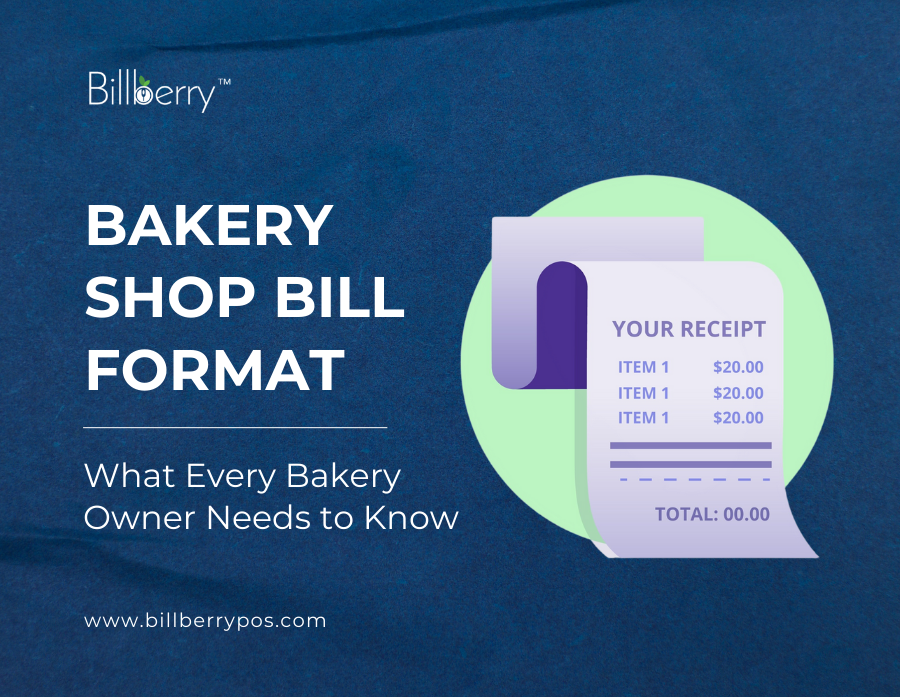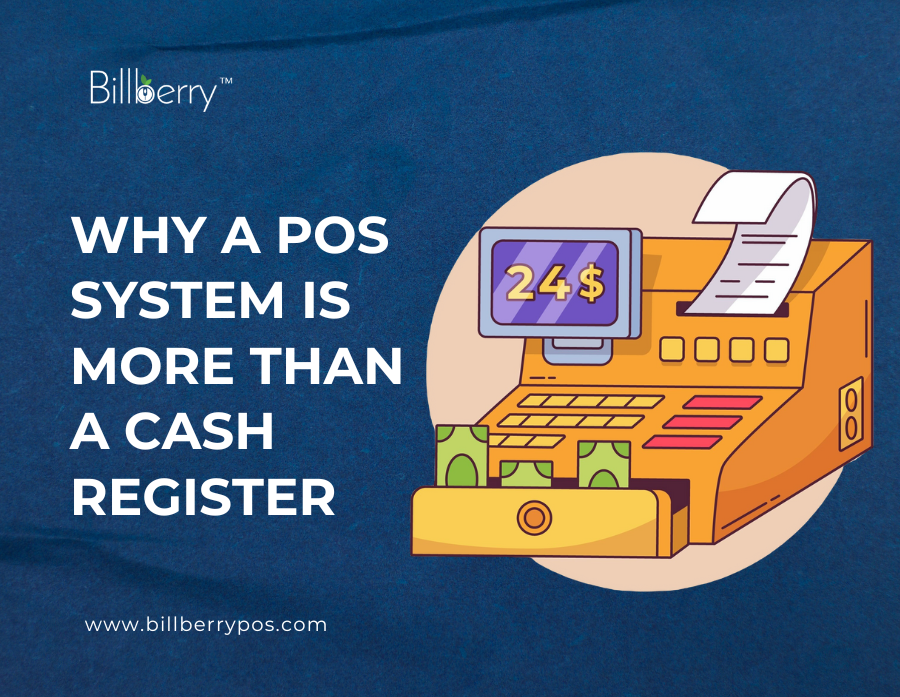In the fast-paced world of food businesses, technology plays a crucial role in streamlining operations and improving efficiency. However, many restaurant and food business owners often find themselves confused between accounting software and POS (Point of Sale) software. While both serve essential functions, they cater to different business needs. Let’s break down the key differences and help you decide which one is right for your business. Read more detailed arc
What is Accounting Software?
Accounting software is designed to manage financial transactions, recordkeeping, and financial reporting. It automates bookkeeping tasks and provides insights into a business’s financial health.
Key Features of Accounting Software:
~ Financial Reporting – Generates profit and loss statements, balance sheets, and cash flow reports.
~ Expense & Income Tracking – Monitors business expenses, revenue, and overall profitability.
~ Tax Calculation & Compliance – Helps with GST, VAT, and other tax calculations to ensure regulatory compliance.
~ Payroll Management – Assists in calculating employee salaries, deductions, and benefits.
~ Bank Reconciliation – Matches business transactions with bank statements to ensure accuracy.
~ Invoice Management – Generates and tracks invoices for suppliers and vendors.
What is POS Software?
POS software is designed to handle sales transactions, inventory management, and customer interactions. It is primarily used at the point of sale in retail and restaurant businesses to facilitate smooth checkouts.
Key Features of POS Software:
~ Sales Processing – Manages orders, bills, and payment transactions.
~ Inventory Management – Tracks stock levels in real-time, reducing wastage and shortages.
~ Multi-Payment Options – Accepts cash, credit/debit cards, UPI, and digital wallets.
~ Customer Relationship Management (CRM) – Stores customer data for personalized promotions and loyalty programs.
~ Kitchen Display System (KDS) – Sends orders directly to the kitchen for faster service.
~ Real-Time Analytics – Provides sales reports and business insights.
~ Basic Financial Management – Tracks expenses, applies GST to orders, generates basic tax reports, manages vendor purchases, creates invoices for suppliers, records bank deposits, and allows cloud-based entry storage.
~ QR Code Ordering – Enables customers to scan a QR code to view the menu, place orders, and make payments directly from their phones.
~Franchise Management System – Helps multi-location businesses streamline operations, track sales, and maintain brand consistency across all outlets.
~ Captain App – Assists restaurant staff in taking orders efficiently and syncing them with the kitchen in real-time.
~ Personal Website/Mobile App Integration – Allows businesses to integrate their POS with a personal website or mobile app for online ordering and reservations.
~ Delivery Apps Integration – Seamlessly connects with food delivery platforms like Swiggy, Zomato, and Uber Eats to manage online orders.
For a complete solution, integrating both accounting software and POS software can provide seamless business operations.
Also Read: Affordable POS Softwares for Small Bakeries in India
Lessons from McDonald’s & Domino’s: What Makes Their Billing Systems So Efficient?

FAQ: Common Questions About POS & Accounting Software
1. Can POS software replace accounting software?
Yes, modern POS software includes many financial management features like expense tracking, GST application, vendor invoice generation, and basic tax reporting. If these features meet your business’s financial needs, a dedicated accounting software may not be required.
2. Which software is best for restaurants?
For restaurant operations, POS software is crucial for handling orders, billing, and inventory. However, for tax filing and financial tracking, an accounting tool may still be needed unless the POS has integrated financial features.
3. Do I need both POS and accounting software for my business?
If your business has complex financial needs, using both is beneficial. However, if your financial requirements are basic, a POS system with financial features may be enough.
4. How does a POS system help with inventory management?
POS software tracks inventory in real-time, alerts you about stock shortages, and helps reduce waste, making it ideal for retail and food businesses.
Also Read: Why a POS System is More Than a Cash Register
Conclusion
Accounting software and POS software serve different purposes, but together, they can help businesses thrive. If you’re running a restaurant or food outlet, a robust POS system like BillBerry can streamline your daily operations, while an accounting tool ensures your financials are in order. Looking for an all-in-one solution?
Explore Billberry POS Software and take your business to the next level!
Book your FREE DEMO with BillBerry POS!
































